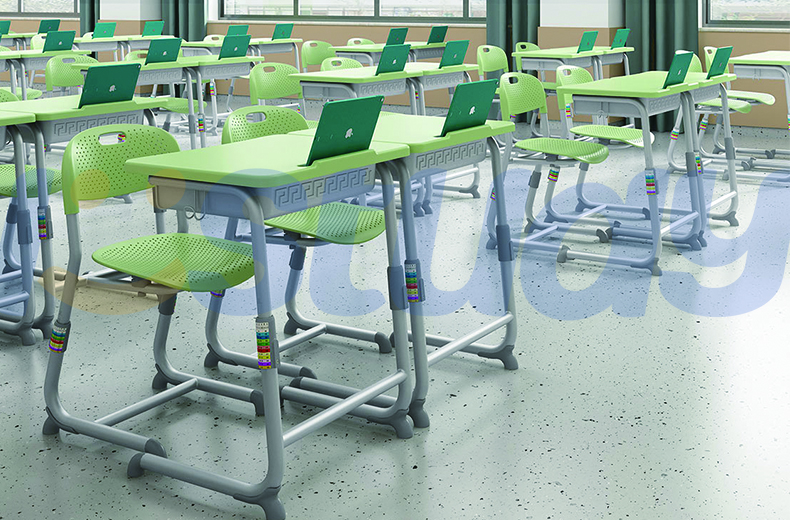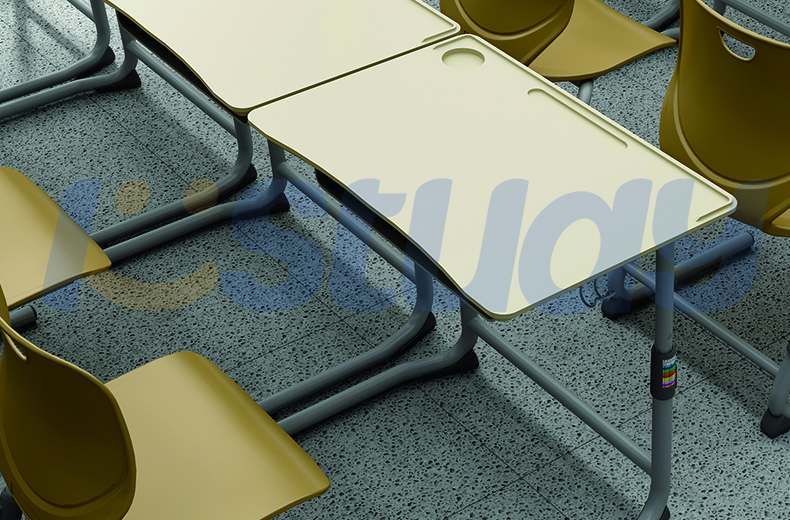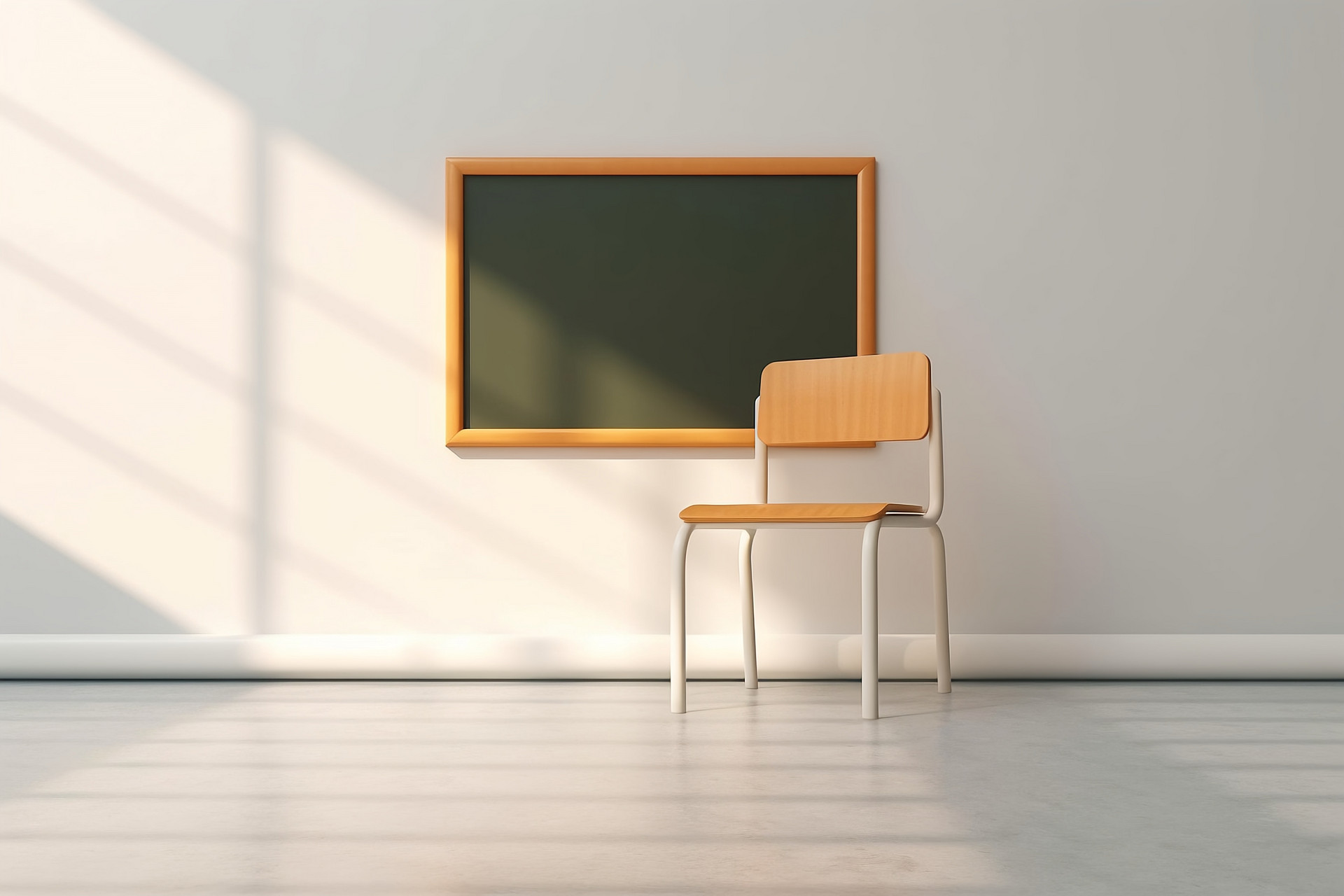Both Europe and America have recognized the importance of sustainable practices in education, and the adoption of eco-friendly school furniture exemplifies this commitment. From classrooms in Paris to those in New York City, schools are increasingly opting for furnishings made from recycled materials, responsibly sourced wood, and environmentally friendly manufacturing processes.
Sustainable school furniture serves as a tangible symbol of a school's dedication to environmental responsibility. By choosing eco-friendly options, institutions on both continents demonstrate their commitment to reducing their carbon footprint and preserving natural resources. This choice not only creates healthier learning environments but also fosters a culture of environmental awareness among students, preparing them to be responsible global citizens.

The benefits of sustainable school furniture extend beyond environmental considerations. Ergonomically designed chairs and desks promote better posture and physical comfort, reducing the risk of musculoskeletal issues among students and educators alike. Additionally, furnishings made from non-toxic materials contribute to improved indoor air quality, benefiting the health and well-being of everyone in the school community.
Integrating sustainable school furniture into the curriculum opens doors to innovative educational opportunities on both sides of the Atlantic. Teachers can incorporate lessons on sustainable design, materials science, and responsible consumption into various subjects, enriching students' learning experiences. Moreover, engaging students in initiatives such as furniture selection or up cycling projects fosters creativity and a sense of ownership over their learning environment.
The movement towards sustainable school furniture has sparked collaboration and exchange between Europe and America. Schools and educational organizations across continents share best practices, collaborate on research projects, and engage in joint initiatives to promote sustainability in education. This exchange of knowledge and expertise enriches the educational landscape on both sides of the Atlantic, driving innovation and progress in sustainable practices.

As Europe and America continue to prioritize sustainability in education, the role of sustainable school furniture will only grow in significance. By working together and sharing resources, institutions across continents can amplify their impact and accelerate progress towards a more sustainable future. Ultimately, the adoption of eco-friendly school furniture is not just about enhancing learning environments—it's about shaping a generation of environmentally conscious leaders who are equipped to tackle the global challenges of tomorrow.

